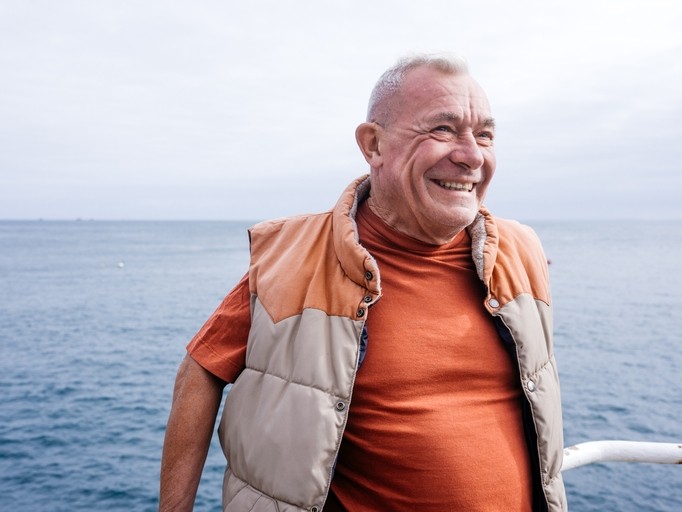CRN says vitamin D campaign has reached 5.6 million consumers

The Council for Responsible Nutrition Foundation inaugurated its campaign in early May. Branded as ‘Vitamin D & Me!,’ the campaign is centered on a website which features the latest research on vitamin D and COVID-19, video interviews with expert researchers and clinicians and other educational resources.
The campaign is aimed primarily at reaching consumers who are 55 or older. Research has shown worse COVID-19 outcomes for people with low levels of vitamin D, and this age group is both at greatest risk from a COVId-19 infection as well as being the mostly likely to have low vitamin D levels in the first place.
CRN is working with member company Nutrasource to curate content for the website, To date Nutrasource has summarized more than 35 studies on vitamin D and COVID-19, all of which can be read on the site.
“We think in the next week or two that will be more than 45 summaries,” said Luke Huber, ND, CRN’s vice president of scientific and regulatory affairs. “In three months we expect to have more than 100.”
Video interviews
Huber said CRN is especially proud of the video content on the website, which features interviews with a lineup of the world’s foremost researchers on the substance.
Research on vitamin D was turbocharged with the advent of an inexpensive blood test for levels of metabolite 25-hydroxyvitamin D. One of the scheduled video interviews for the site is with Dr Michael Holick, MD, one of the country’s foremost proponents of vitamin D supplementation and testing.
Vitamin D is often referred to as the ‘sunshine vitamin’ because it is manufactured in the skin as a result of UV light exposure. It is low sun exposure, with many people spending large amount of time engaged in sedentary indoor activities and riding in cars when they’re away from home, that is thought of as the prime culprit for the generally low level of vitamin D among certain demographic groups.
Holick is also controversial in that he advocates for what he calls ‘sensible sun exposure.’ That runs counter to much of the modern thinking in the field of dermatology, which contends that skin cancer risk rises with lifetime accumulated sun exposure. Dermatologists commonly recommend that consumers cover their skin or wear sunscreen when outdoors and limit their time in the sun between 10 am and 2 pm, the peak hours for UV exposure.
Other video interviews include those with Dr Carol Wagner, MD, of the Medical University of South Carolina and Dr Vatsal G. Thakkar, MD, chief medical officer of Reimbursify. Seven interviews are scheduled to appear on the site.
Impartial outlook
Huber said the 5.6 million figure was reached with a measurement of the engagement with the first blitz of online advertising associated with the site. That has resulted in almost 150,000 individual site visits.
“The initial round of funding was focused on the first two months of the campaign,” he said. “Now we will enter more of a trickle campaign for the rest of the year.”
Huber emphasized that the site includes no mention of brand names nor links to sales pages for products. The aim is to have the best impartial, third party information available, which would include summaries of null studies where appropriate, he said.







